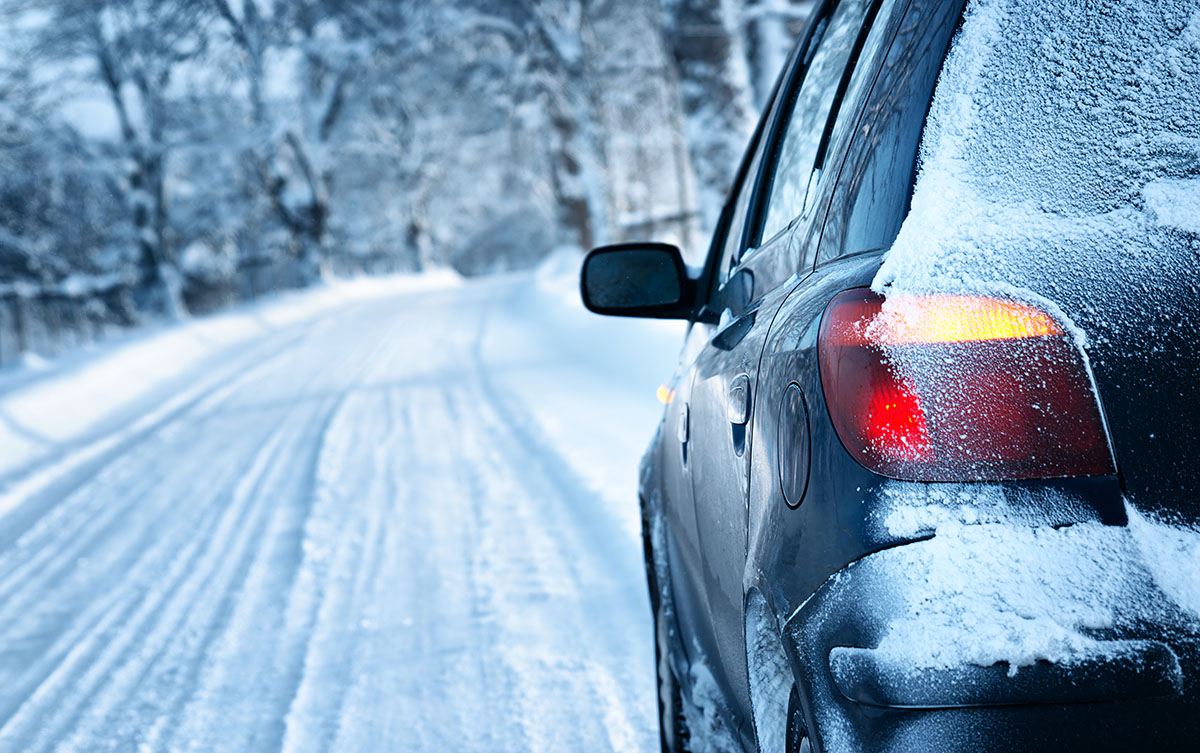Winter comes with living in Canada. Here are some tips to ensure your winter travels are safe for yourself as well as those around you:
Know how to read a weather forecast:

With the sometimes unpredictable nature of winter weather, plan your trips according to the weather. Make sure you know the difference between a weather advisory, watch, and warning.
Watch: There is a chance this condition will happen and usually covers a large geographical area for a lengthy time period.
Warning: The weather is already occurring or is likely to occur and to take proper protective measures. Warnings are usually issued for much smaller geographical areas and usually for shorter more definite time periods.
Advisories: There is a difference between a watch and warning. The expected weather condition has a pretty good chance of occurring, even a likely chance of occurring, but typically an advisory is used for less severe type of weather conditions.
- Give yourself extra time for winter travel. Speed limits are just that, limits designed for optimal summer driving conditions. These conditions are rarely seen during winter months so drive according to the weather, not the maximum limit.
- Be prepared with an emergency kit including food that won't spoil, water, blanket, first aid kit, small shovel, candle in a deep can and matches (for heat instead of running your engine), whistle, windshield washer fluid, jumper cables, etc.
- As the snow accumulates, so do the piles on the sides of the roads. Pay extra attention at crossings and driveways for the emergence of pedestrians from behind a snowbank.
- With the winter comes fewer daylight hours. Pay extra attention to pedestrians during sunrise/dusk and early morning/evening times when they may be out.